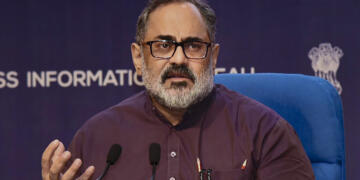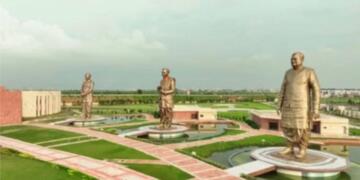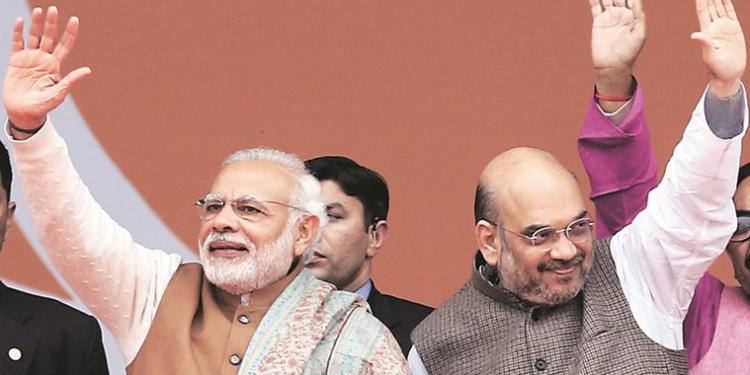According to the ABP News-C Voter ‘Desh ka Mood’ survey, BJP is set to conquer 16 out of 21 Lok Sabha seats in Odisha while Naveen Patnaik’s Biju Janata Dal (BJD) might be reduced to five or less seats only. The general election, as well as the state elections in Odisha, will be held next year. Riding on the Modi wave, the saffron party has a chance to come to the power in the state as well. Anti-incumbency also seems to be a factor going against the BJD, which has been ruling the state for 18 years.
The BJP had fared better in the panchayat polls last year, relegating the Congress to the third position. However, the ruling party BJD remained on top. There have been reports that Odisha BJP leaders and workers want Prime Minister Narendra Modi to contest from Puri constituency in the general elections of 2019.
BJD is seen as a dominant force in Odisha considering it has stopped the advancements of Congress since the 2000s and has not been defeated since then. In these 18 years, there have been times when BJD has won elections in coalition with the Bharatiya Janata Party and has also contested against it. It managed to win against the BJP and Congress in the 2009 and 2014 state elections. In 2014, it managed to win 20 out of 21 Lok Sabha seats as well as 117 out of the 147 seats in Odisha Vidhan Sabha elections. These victories might have been huge wins for Naveen Patnaik and BJD but if the current mood and signs are taken into account, BJD is likely to face stiff challenges in the elections to come.
Next year, both the Lok Sabha and the state assembly elections are set to take place in Odisha with the BJD pitted against anti-incumbency and poor growth of infrastructure in the state. The people of the state seem to be looking for a change and sadly the BJD lacks a second face which is as popular as Naveen Patnaik.
The education sector has been badly hit under BJD’s rule in the state. In the last two years, more than 828 government schools have been shut down mostly due to low enrolment in the schools. The Odisha government itself admitted that there are 8,547 primary schools and upper primary schools which are attended by almost 25 or even lesser number of students. Schemes like the mid-day meal might have brought and retained students in the schools but the quality of education seems to have only deteriorated. The condition of higher education is even worse given that more than half of the faculty positions are lying vacant.
Health is another sector which has been severely impacted under the BJD rule. The BJD’s policy of providing insurance to all the 3.5 crore residents of the state has resulted in the mushrooming of private hospitals and clinics. Naveen Patnaik through his policies has promoted private run institutions in both health and education sectors which only have undermined the role of the public sector. These factors are likely to work in the favour of the BJP when it begins its election campaign ahead of the polls.






























